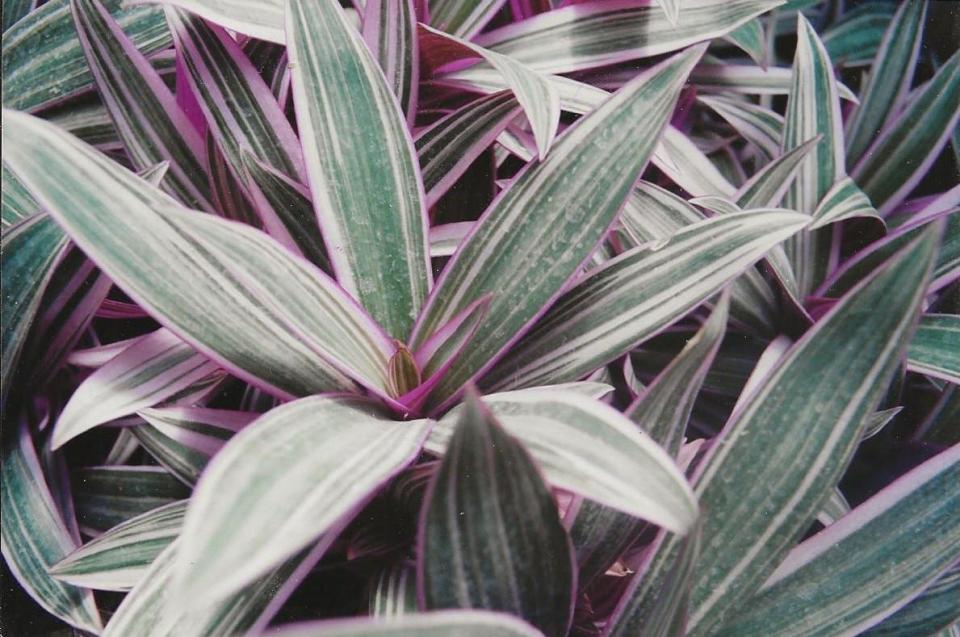This Japanese native is always green, almost always blooming and needs little maintenance
Serissa (S. foetida) is a diminutive, nearly ever-blooming shrub that thrives in light shade.
This cold-hardy Japanese native grows just two feet tall. It features ascending, somewhat-spreading branches with half-inch leaves and an abundance of tiny white blossoms that unfurl from pink buds.
Although the species is solid green, a version with yellow-margined foliage is more popular. Also available is a double-flowered all-green variety.
Useful for foundation planting, container cultivation and inclusion in shrubbery borders, serissa does well in the same conditions as azaleas. Filtered light and moist, organically enriched and mulched sites are ideal. Under favorable conditions, plants require little maintenance. Propagate with warm-season cuttings.
Incidentally, don’t be concerned about the species name, "foetida," which refers to an offensive odor that’s released only when leaves are crushed.
Bear grass: It isn't a grass at all, but it is a versatile and hardy native for your garden
When leaves became spines
Did you know that once upon a time, cactus spines were leaves?
As most cactus species evolved in ever-drier habitats, moisture loss through foliage became detrimental to their survival. Except for a few species (such as Pereskia), photosynthesis occurs in the plants’ trunks and branches.
Keep turning plants
Now, during winter, when daylight is weaker and briefer, it’s especially important to turn houseplants frequently – at least every time you irrigate. Regarding fertilizer, little or none is recommended until March.
Wage war on fungus gnats
Fungus gnats are tiny flies that lay eggs in the potting soil of houseplants, where their larvae feed on organic matter, including fungi. (All healthy soils contain fungi.)
They’re generally considered a minor nuisance because the flying adults don’t bite and the larvae rarely harm established plants. But fungus gnats can occasionally be problematic. Seedlings and smaller plants, such as African violets, are sometimes damaged by larvae feeding on their roots.
The easiest way to get rid of the gnats is to allow the upper two inches of soil to dry out and remain dry for a while. This tactic, especially when used in tandem with bright-yellow sticky traps, usually does the trick.
Monkey puzzles and costus gingers: A pair of puzzling plants for your landscape
Among other safe, non-chemical controls is BTI, a variety of the naturally occurring Bacillus thuringiensis. Gnatrol is another environmentally friendly control. Both are available online.
Little John bottlebrush bears fab flowers and foliage
Little John is a dwarf version of citrus-leaved bottlebrush (Callistemon citrinus), from Australia. Dark-red flowers typical of bottlebrushes appear much of the year but share the limelight with this dense shrub’s deep-green foliage.
New growth often boasts a silvery hue that contrasts beautifully with mature foliage. Little John’s blossoms attract butterflies and hummingbirds. Provide enriched, well-drained sites in full sun. Propagate with warm-season cuttings.
Plant to ponder: Tricolor oyster plant

Unlike the wickedly invasive species (Tradescantia spathacea), Tricolor oyster plant is a sterile non-invasive groundcover that spreads slowly in sun and moderate shade. Propagate this cold-sensitive plant with warm-season divisions.
This article originally appeared on The Ledger: Serissa blooms all the time and needs very little maintenance

